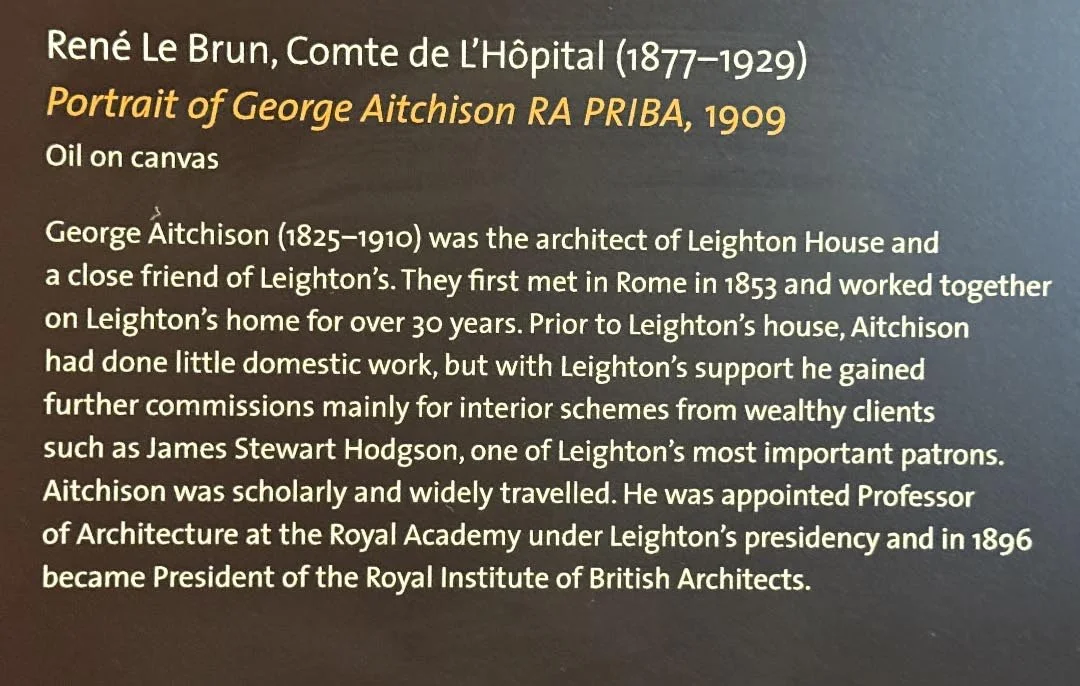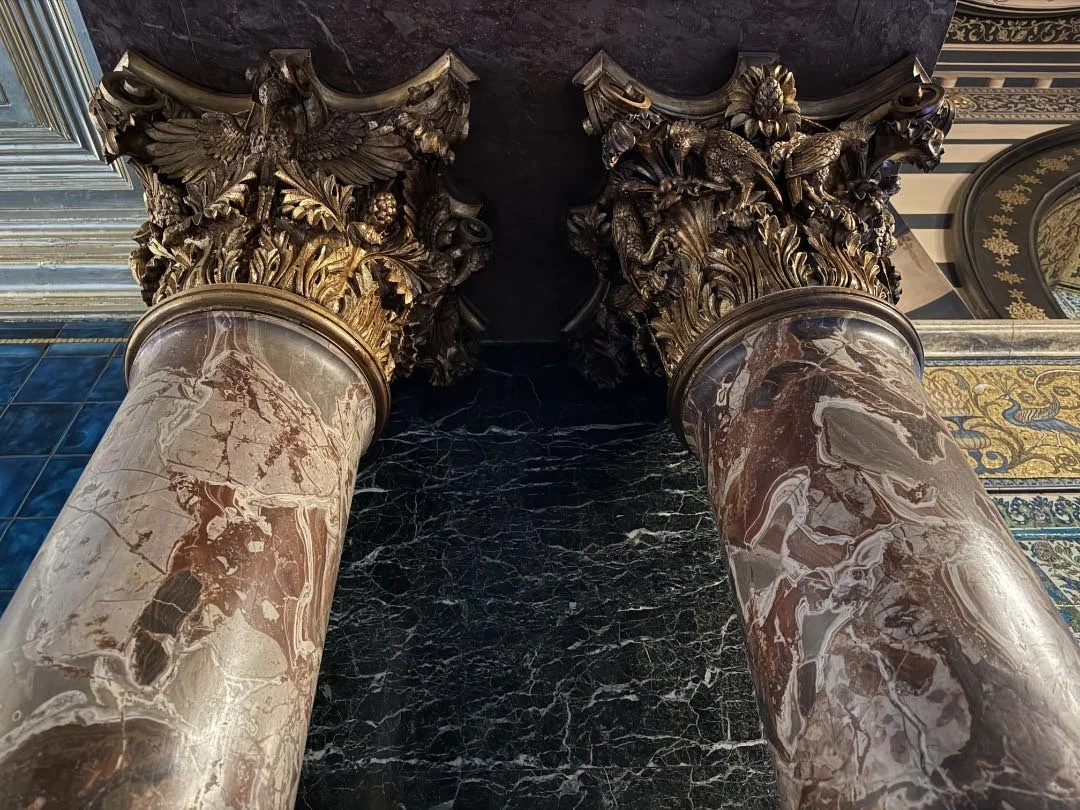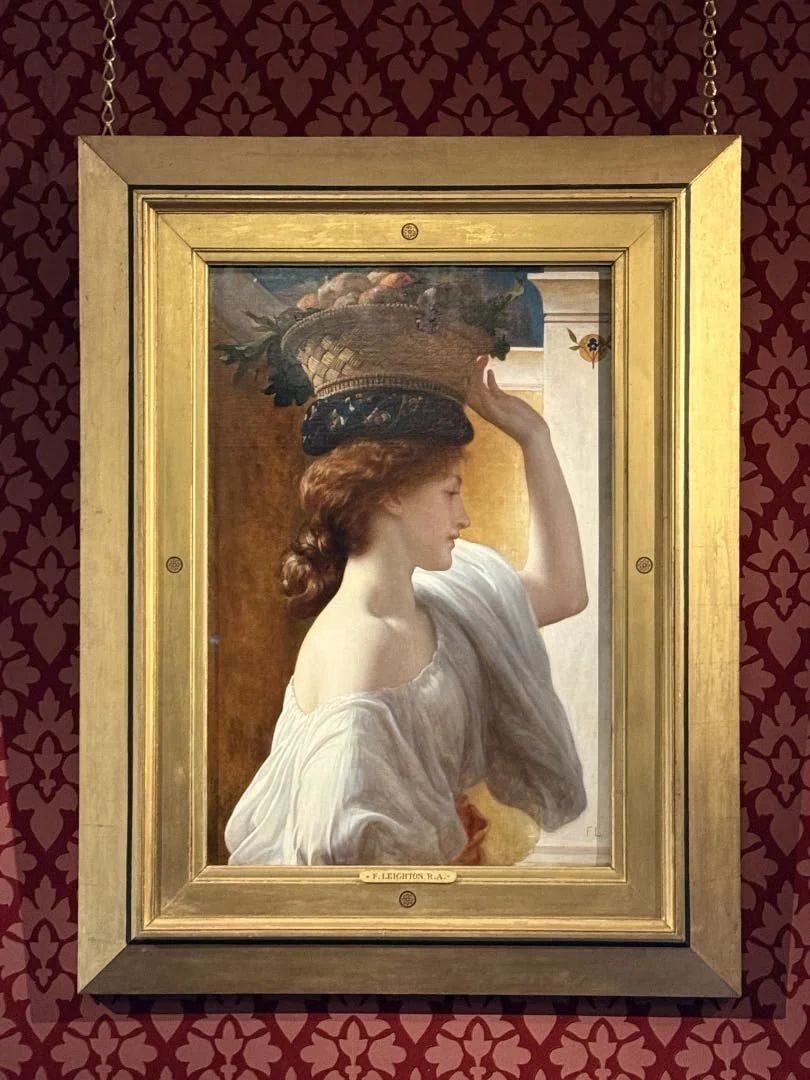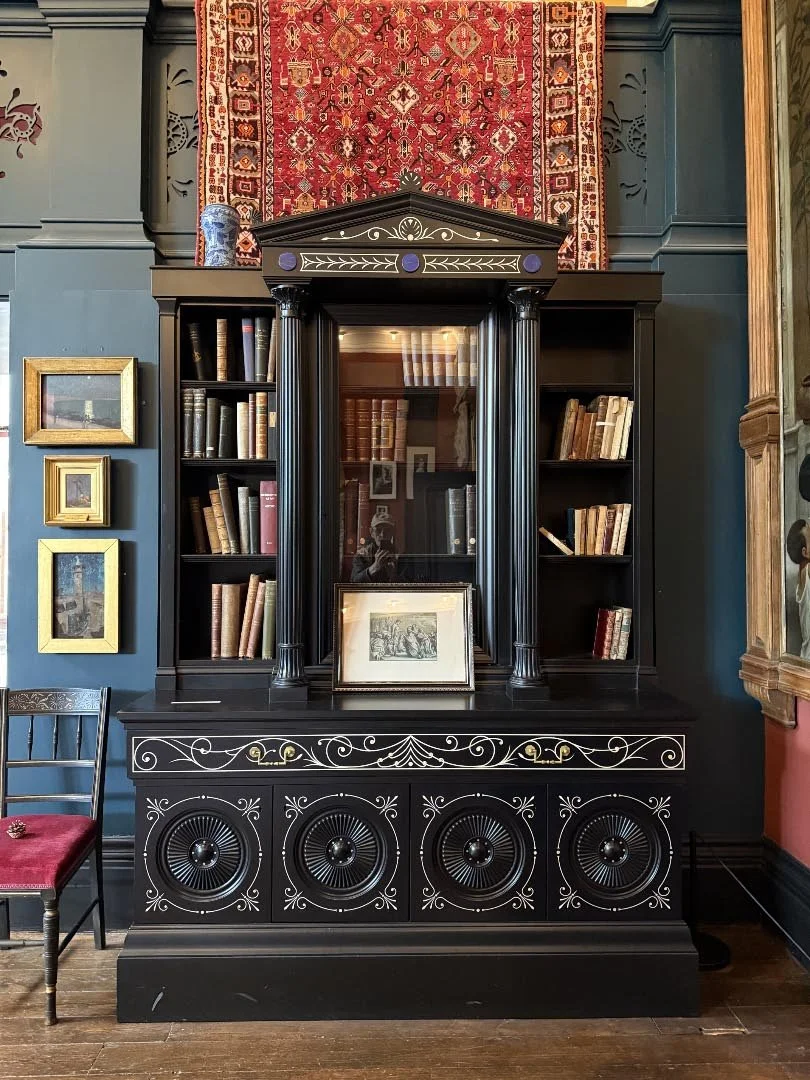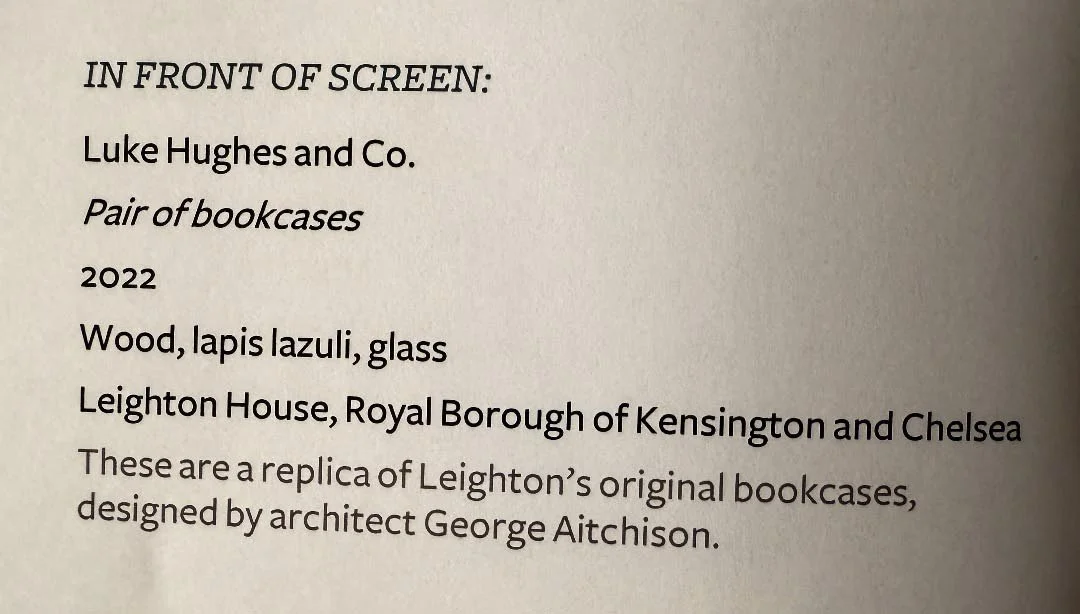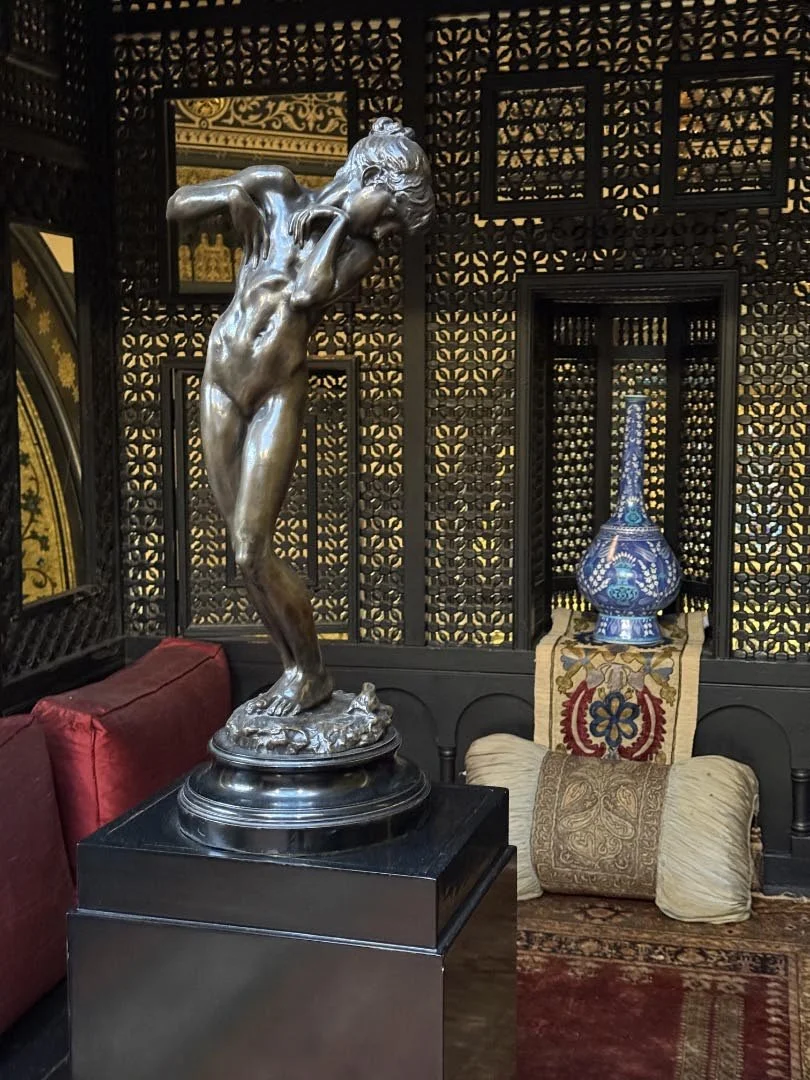George Frederic Watts RA, Portrait of Frederic, Lord Leighton, P.R.A, 1888.
Note: If you receive this blog post via email and cannot see the video, please follow this link to the blog itself.
Though the artist Frederick Leighton belongs to the late Victorian era, rather than the time of my stories, I decided to visit his house in Kensington again (we’d toured it several years ago) because artists’ residences are interesting, especially those of 19th century artists. Not all were starving in garrets, as Leighton House demonstrates.
Born to wealth, Leighton was one who did not fret about where his next meal was coming from. He was able to furnish his house with treasures from around the world. One of several additions was the Arab Hall: "More expensive to build than the whole of the original house, on completion in 1882 it caused a sensation,” according to the museum’s brochure. It still does.
To my great regret, I can’t offer a reel of the Arab Hall, thanks to a miscommunication at the time of our visit. However, these images at the museum website should give you an idea.
Still, I think the Staircase Hall (reel below) is pretty impressive, too.
Video of the Staircase Hall at Leighton House
Below are a few other images, to give you an idea of Leighton’s taste. #1 & #2 Architect George Atchinson, with whom Leighton worked on the house from the time he acquired the empty plot until shortly before his death; #3 a pair of marble columns on the ground (U.S. first) floor; #4 the Drawing Room (since Leighton’s studio was his reception room, this infrequently used room was the “withdrawing room” for Leighton’s women guests, after dinner); #5 & #6 the Drawing Room’s Murano glass chandelier; #7 & #8 Leighton’s painting, Eucharis (Girl with a Basket of Fruit); #9 & #10 one of the pair of beautiful bookcases in the first floor (U.S. second floor) Studio; #11 & #12 the German marquety table, also in the Studio; #13, #14, #15 the Antechamber, containing a mashrabiya, a pierced wooden screen; #16 Loretta showing off in the Silk Room, the last change Leighton made to his house, and which he used as a gallery for pictures by his artist friends.
If you’d like to see what his house was like when Leighton was alive, you might take a look at this Strand Magazine article of 1892.



